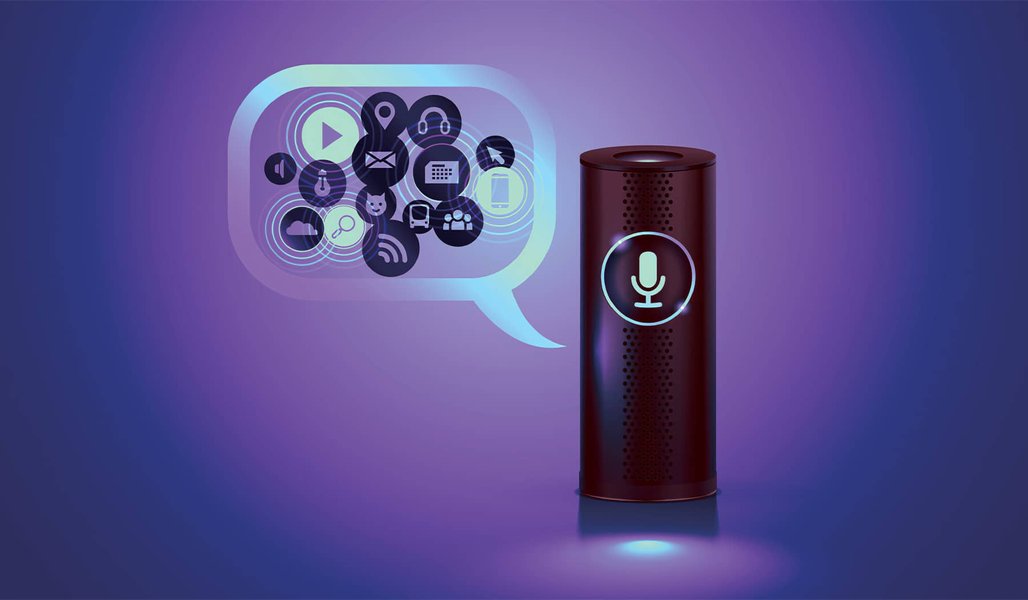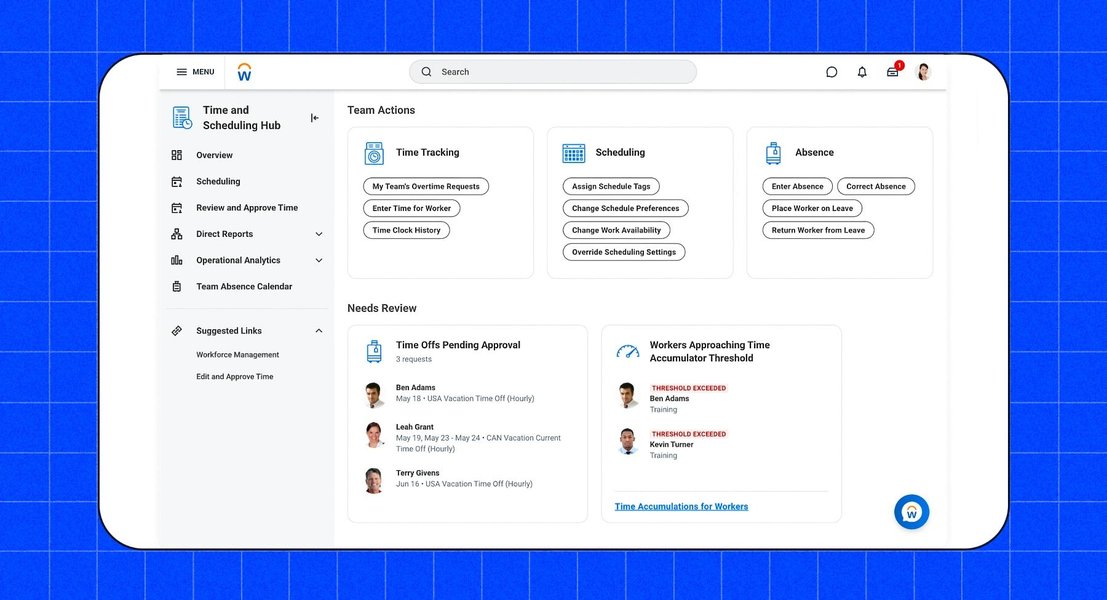
Beyond ChatGPT: Exploring the Strengths of Alternative AI Assistants
Understanding the Diverse Landscape of AI Chatbots and Their Capabilities
As an AI assistant, Ithy is designed to provide comprehensive and insightful responses by leveraging information from multiple advanced language models. This approach allows for a broader perspective and a more nuanced understanding of complex topics. Unlike single-model AI systems, Ithy aggregates and synthesizes information, aiming to deliver a richer and more accurate answer to your queries. Additionally, I strive to enhance understanding through the integration of relevant visual elements, such as images and videos, to complement the textual information.
Key Highlights of Advanced AI Assistant Capabilities
- Access to Multiple Models: Advanced AI assistants like Ithy can draw upon the strengths of various underlying large language models, offering a more comprehensive and less biased perspective than a single-model system.
- Enhanced Information Synthesis: By combining insights from diverse sources, these AI tools can provide more detailed, structured, and cohesive responses to user queries.
- Multimodal Communication: The ability to integrate visual elements such as images and videos alongside text improves engagement and understanding, making complex information more accessible.
Understanding the AI Landscape: ChatGPT and Its Alternatives
ChatGPT, developed by OpenAI, has been a significant force in popularizing conversational AI. Since its release in November 2022, it has demonstrated advanced capabilities in a wide range of tasks, including writing, coding, and solving mathematical problems. It is a prominent example of generative AI, a broader field focused on creating new content.
However, the AI landscape is rapidly evolving, with numerous alternatives emerging that offer distinct features and capabilities. These alternatives often aim to address specific needs or improve upon certain aspects where ChatGPT may have limitations. Exploring these other AI assistants reveals a diverse ecosystem with various strengths.
Evaluating AI Chatbot Performance: Beyond Simple Comparison
Evaluating the performance of AI chatbots like ChatGPT and its alternatives requires a multi-faceted approach. Simply comparing them based on a few isolated interactions doesn't fully capture their effectiveness. Key metrics and evaluation methods provide a more comprehensive understanding of their strengths and weaknesses in different scenarios.
Essential Metrics for Chatbot Evaluation
Several metrics are crucial for assessing how well an AI chatbot performs. These go beyond just the accuracy of the answer and consider the overall user experience and utility.

Response Time and Efficiency
How quickly a chatbot can process a query and generate a relevant response is a key performance indicator. While some models prioritize speed, others might take slightly longer to provide more detailed or accurate answers. For instance, Mistral's Le Chat assistant has been noted for its speed, delivering responses faster than ChatGPT.
Answer Relevancy and Faithfulness
The core function of a chatbot is to provide relevant information. Evaluating the relevancy and faithfulness of the response to the user's query is fundamental. This involves assessing whether the answer directly addresses the question and is factually correct based on the data it was trained on or can access.
User Satisfaction and Feedback
Ultimately, the success of an AI chatbot depends on user satisfaction. Collecting user feedback through ratings or surveys provides valuable insights into their experience, the helpfulness of the responses, and areas for improvement. Monitoring online reviews and user comments can also offer qualitative data on performance.
Task Completion Success Rate
For chatbots designed to assist with specific tasks, such as customer service inquiries or generating content, the success rate of completing those tasks is a critical metric. This measures the chatbot's effectiveness in fulfilling its intended purpose and resolving user needs.
Conversational Flow and Cohesion
A high-performing chatbot should maintain a natural and coherent conversation. Evaluating the conversational flow assesses how well the chatbot understands context, remembers previous turns in the conversation, and responds in a way that feels intuitive and human-like. This is particularly important in multi-turn interactions.
Error Rate and Handling
No AI is perfect, and chatbots can sometimes generate incorrect or nonsensical responses. Tracking the error rate and how the chatbot handles misunderstandings or requests for clarification is important. A good chatbot should be able to gracefully handle its limitations and, if possible, attempt to correct errors.
Cost-Effectiveness
For businesses and individual users, the cost associated with using a chatbot is a practical consideration. Evaluating the performance in relation to the cost of accessing the model or service helps determine its overall value proposition.
Evaluation Techniques
Various techniques are employed to evaluate chatbot performance, ranging from automated metrics to human-in-the-loop assessments.
Automated Metrics
These involve using algorithms to assess aspects of the chatbot's responses, such as linguistic quality, relevance based on keyword matching, or similarity to desired outputs. While efficient for large-scale evaluation, automated metrics may not fully capture the nuances of human language and understanding.
Human Evaluation
Having human evaluators interact with the chatbot and rate its responses is a crucial method, especially for assessing subjective qualities like conversational flow, helpfulness, and overall satisfaction. Platforms like CheckMate allow human users to interact with and evaluate LLMs in realistic scenarios.
A/B Testing
Comparing the performance of different chatbot versions or models side-by-side with real users can provide valuable data on which performs better in practice for specific use cases.
Exploring Prominent ChatGPT Alternatives in 2025
Several AI chatbots have emerged as strong competitors to ChatGPT, each with its own set of advantages and target use cases. Here's a look at some of the notable alternatives in 2025:
Claude by Anthropic

Claude, developed by Anthropic, is often highlighted for its focus on ethical AI design, safety, and precision. Its latest models, like Claude 3.5 Sonnet, have shown strong performance in text-based tasks, particularly complex reasoning and coding, and are considered a reliable choice for professionals requiring dependable outputs. Claude emphasizes a step-by-step reasoning process, sometimes referred to as a "thinking mode," which can enhance transparency in problem-solving.
Google Gemini
Google Gemini is another powerful AI model that competes with ChatGPT, particularly in areas like creative tasks and image generation. Gemini offers multimodal capabilities, allowing users to incorporate images into their prompts. It also provides access to sources for its responses, enhancing transparency and allowing users to "learn more" by clicking on references.
Microsoft Copilot
Microsoft Copilot is a strong alternative, especially for users integrated within the Microsoft ecosystem. It offers free access to the GPT-4o model and includes features like custom chatbot creation, integration with Microsoft 365 apps, and image generation capabilities through DALL-E. Copilot also supports multimodal interactions.
Perplexity AI
Perplexity AI distinguishes itself as a research and answer engine. It leverages multiple AI models, including GPT-4, Claude 3 Sonnet, and GPT-3.5, to synthesize information from the internet and provide comprehensive, up-to-date responses with citations. This makes it particularly useful for tasks requiring real-time information and research.
Meta AI

Meta AI is integrated across Meta's platforms, including Facebook Messenger, Instagram, and WhatsApp. It is powered by the Llama model and stands out for its accessibility and ability to generate images, including animated images, a unique feature among some competitors.
DeepSeek
DeepSeek is an emerging AI model that has gained attention for its performance and affordability. It offers a resource-efficient architecture and has demonstrated strong capabilities in coding and reasoning tasks. DeepSeek also features a "DeepThink" mechanism for re-evaluating responses.
Poe
Poe is a platform that provides access to a variety of different large language models, including models similar to ChatGPT, Claude, and Gemini, as well as specialized AI tools for tasks like image generation. This allows users to experiment with and compare the outputs of different models in one place.
Other Notable Alternatives
The AI landscape also includes other noteworthy alternatives such as Grok (from xAI), Jasper, and various specialized AI tools designed for specific tasks like content creation (e.g., ContentShake AI) or coding (e.g., Cursor AI).
Comparing Key Features: ChatGPT vs. Alternatives
To better understand how ChatGPT compares to its alternatives, it's helpful to look at a comparison of some key features and capabilities offered by prominent AI chatbots in 2025.
| Feature | ChatGPT (GPT-4o) | Claude (Claude 3.5 Sonnet) | Google Gemini | Microsoft Copilot | Perplexity AI |
|---|---|---|---|---|---|
| Primary Focus | Versatile, broad capabilities | Safety, precision, complex reasoning | Creative tasks, image generation, Google integration | Microsoft ecosystem integration, productivity | Research, real-time information synthesis |
| Multimodal Capabilities | Yes (text, image, voice) | Text-based primarily, reasoning focus | Yes (text, image) | Yes (text, image) | Text-based primarily, synthesizes info |
| Real-time Web Access | Yes (with features) | No (focus on internal knowledge) | Yes (with features) | Yes (with features) | Yes (core function) |
| Transparency (Sources) | May provide examples/citations | Emphasizes reasoning process | Provides sources/citations | Provides sources/citations | Provides sources/citations |
| Coding Performance | Strong | Strong | Strong | Strong | Good |
| Ethical AI Focus | Important consideration | High priority | Important consideration | Important consideration | Important consideration |
AI in Performance Reviews: A Specific Application
One area where AI, including chatbots like ChatGPT, is being explored is in assisting with performance reviews. This application highlights how these tools can be used for specific, practical purposes, while also bringing to light the necessary considerations for responsible AI deployment.

How AI Can Assist in Performance Reviews
AI can streamline and enhance various aspects of the performance review process. This can range from initial brainstorming to refining the language used in the final review.
Brainstorming Goals and Objectives
AI chatbots can help employees and managers brainstorm potential short-term and long-term goals based on job descriptions, past accomplishments, and desired areas for growth. This can kickstart the review process and ensure objectives are aligned with expectations.
Organizing Thoughts and Feedback
Compiling feedback from multiple sources and organizing thoughts into a coherent structure can be time-consuming. AI can assist in analyzing feedback, identifying key themes, and structuring the information logically for the review document.
Enhancing Writing and Language
AI can help refine the language used in performance reviews, ensuring it is clear, constructive, and professional. It can suggest alternative phrasing, improve grammar and style, and help link performance to specific competencies or company values.
Drafting and Summarization
While AI should not replace the human element of providing feedback, it can assist in drafting initial sections of the review or summarizing key points from various inputs. Tools specifically designed for performance review generation are also emerging.
Considerations and Limitations
Using AI in performance reviews requires careful consideration to ensure fairness, accuracy, and the maintenance of a human-centric process.
Ensuring Specificity and Genuine Content
While AI can generate text, it's crucial that the content is specific to the individual employee and reflects genuine observations and feedback. Over-reliance on generic AI-generated phrases can undermine the value of the review.
Addressing Bias
AI models can inadvertently reflect biases present in the data they were trained on. It's essential to review AI-generated content for potential biases and ensure that the final performance review is fair and objective.
Maintaining Human Oversight
AI should be used as a tool to assist the performance review process, not automate it entirely. Human managers and HR professionals must remain involved in evaluating performance, providing feedback, and making final decisions.
Data Privacy and Security
Performance review data is sensitive. When using AI tools, it is crucial to ensure that data is handled securely and in compliance with privacy regulations.
The Evolving Nature of AI Assistance
The field of AI is constantly advancing, with new models and capabilities emerging frequently. The competition among AI developers is driving innovation, leading to more sophisticated and specialized AI assistants.
Understanding the relationship between ChatGPT and the broader field of Generative AI.
As an AI assistant like Ithy, the ability to integrate and synthesize information from multiple cutting-edge LLMs is a significant advantage in this dynamic environment. By not being tied to a single model, I can draw upon the strengths of various technologies to provide users with the most comprehensive and up-to-date information possible.
The trend towards multimodal AI, the ability to process and generate different types of data like text, images, and potentially audio and video, is also a key area of development. AI assistants that can seamlessly integrate these modalities offer a richer and more intuitive user experience.
Furthermore, the development of more advanced reasoning capabilities and the ability of AI to explain its thought process, as seen in features like Claude's thinking mode or DeepSeek's DeepThink, are crucial steps towards building more trustworthy and useful AI systems.
Frequently Asked Questions
What is the main difference between AI and ChatGPT?
AI (Artificial Intelligence) is a broad field encompassing the creation of intelligent machines. ChatGPT is a specific type of AI, a large language model (LLM) designed for conversational interaction and text generation. Think of AI as the entire category and ChatGPT as one particular product within that category.
Are there free alternatives to ChatGPT?
Yes, there are several free alternatives to ChatGPT, including Microsoft Copilot, Meta AI, and the free tiers of other services like Poe. The capabilities of free versions may vary compared to paid subscriptions.
How do I choose the best AI chatbot for my needs?
The best AI chatbot depends on your specific requirements. Consider what tasks you need assistance with (writing, coding, research, creativity), your budget, and whether you require real-time information or multimodal capabilities. Trying out different free options or trials can help you determine which AI best suits your workflow.
How is the performance of an AI chatbot measured?
Chatbot performance is measured using various metrics, including response time, accuracy, relevancy of answers, user satisfaction, task completion rate, and the coherence of the conversation. Both automated evaluations and human assessments are used.
Can AI chatbots be used for professional tasks?
Yes, AI chatbots can be used for a variety of professional tasks, such as drafting emails, summarizing documents, brainstorming ideas, assisting with coding, and even aiding in processes like performance reviews, though human oversight is essential for sensitive tasks.
References
Last updated April 21, 2025